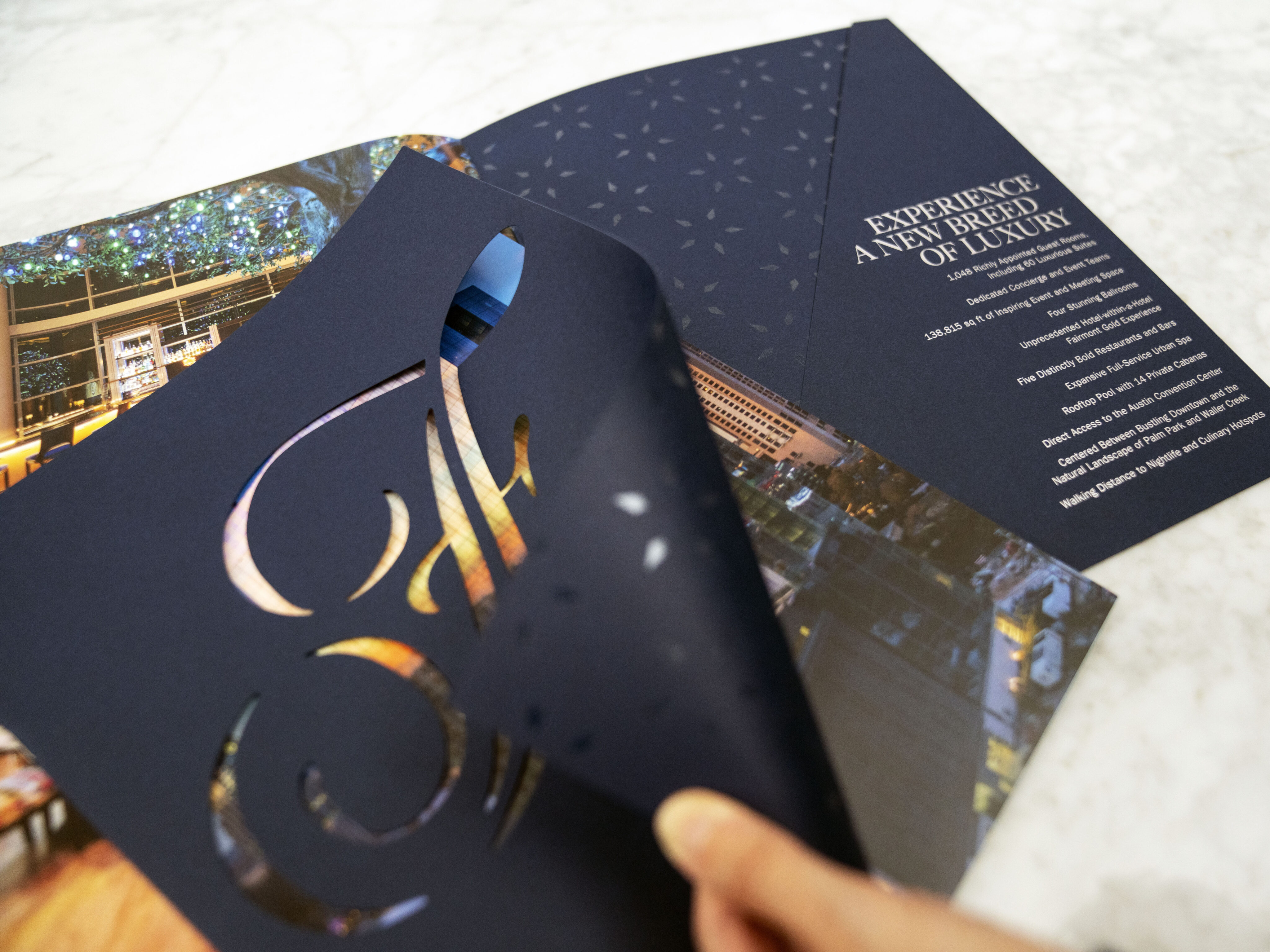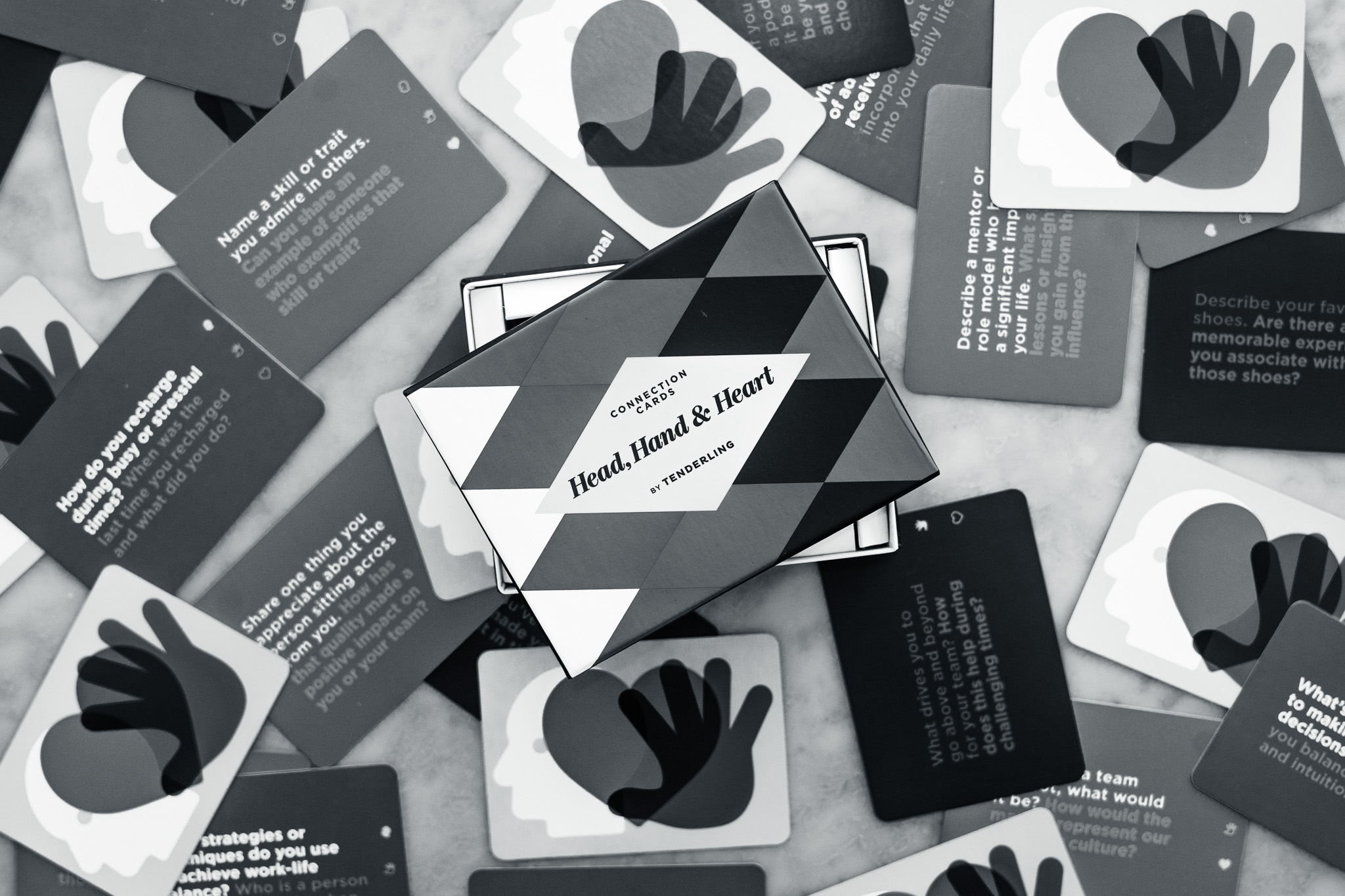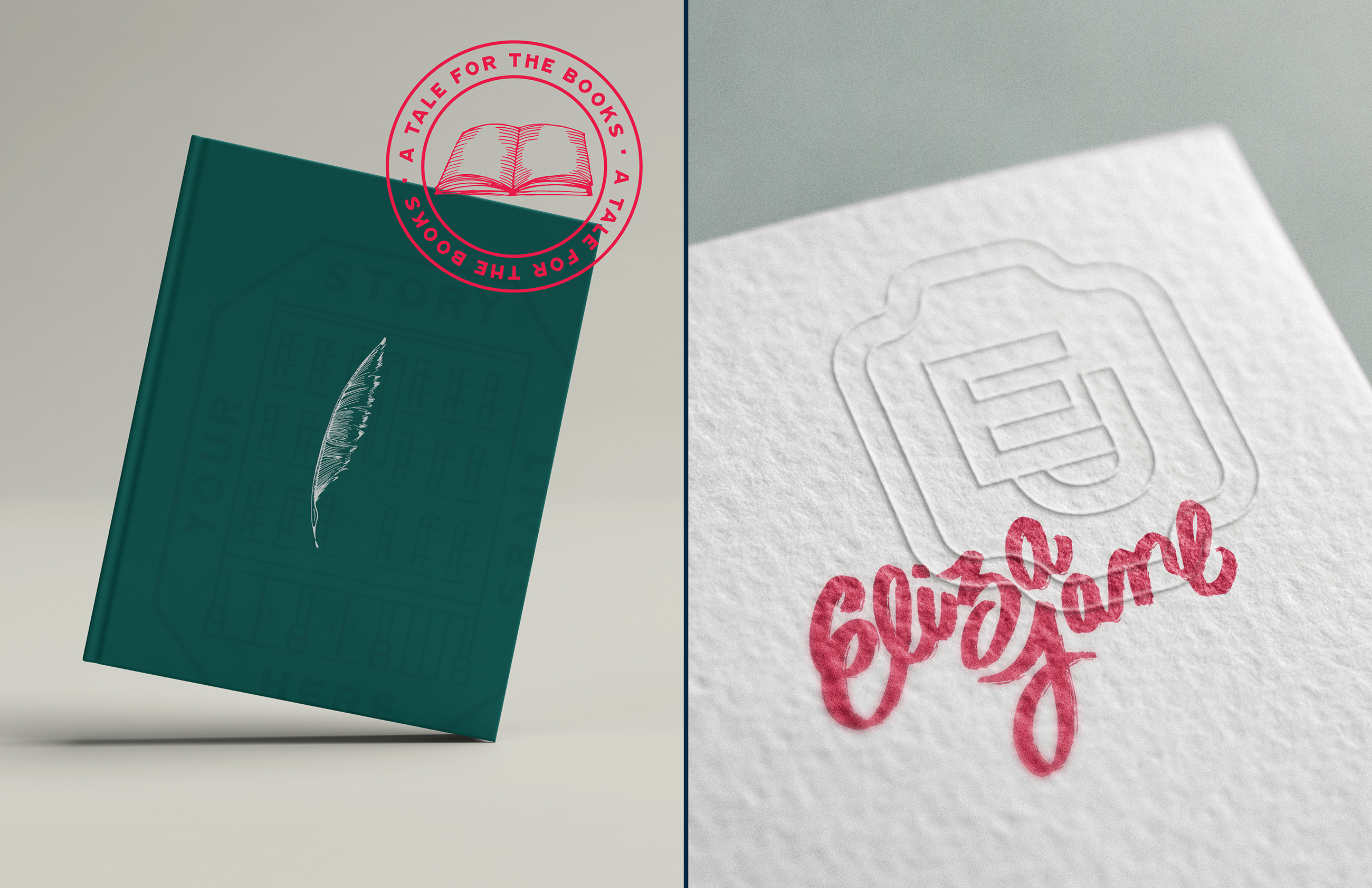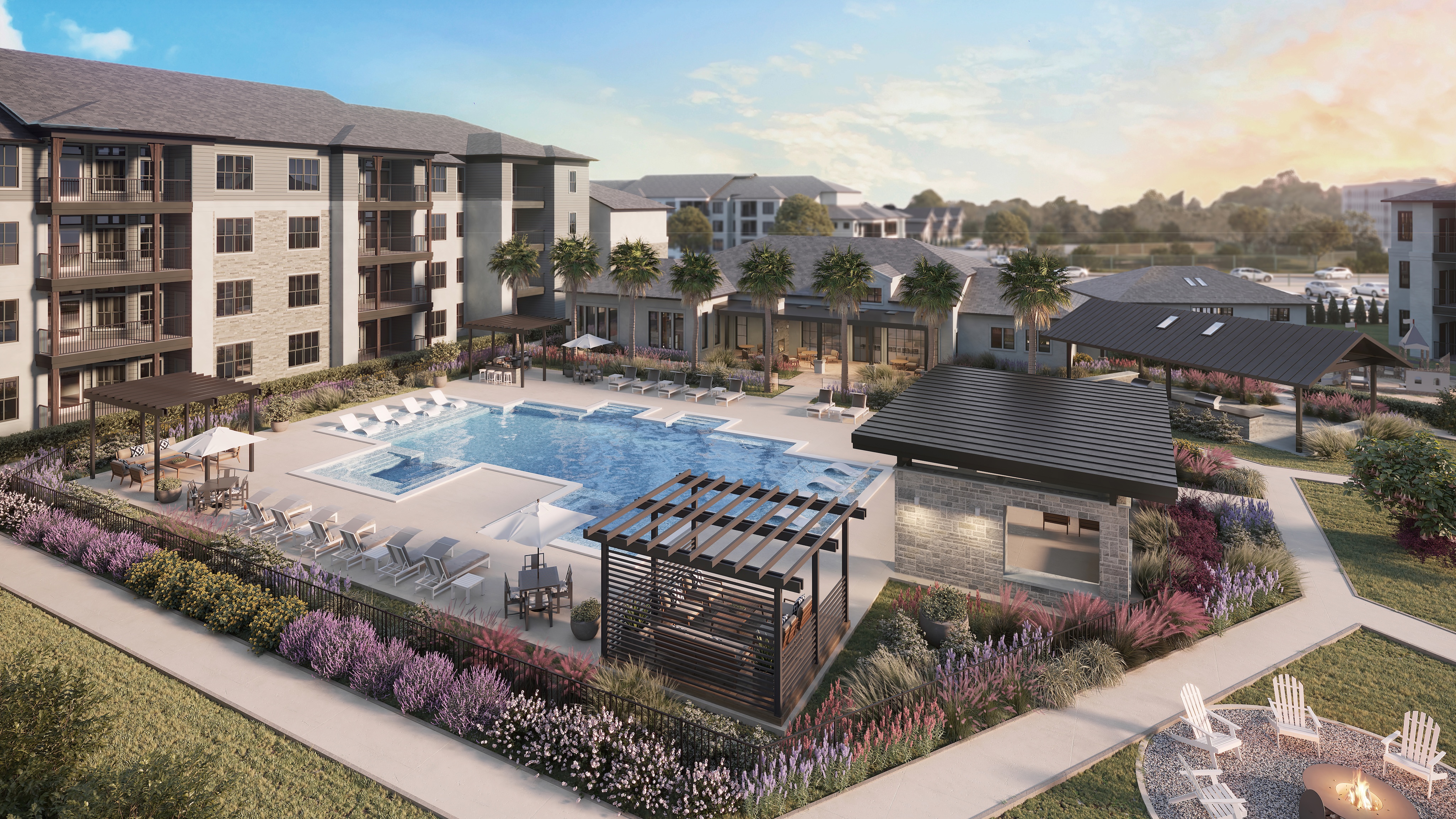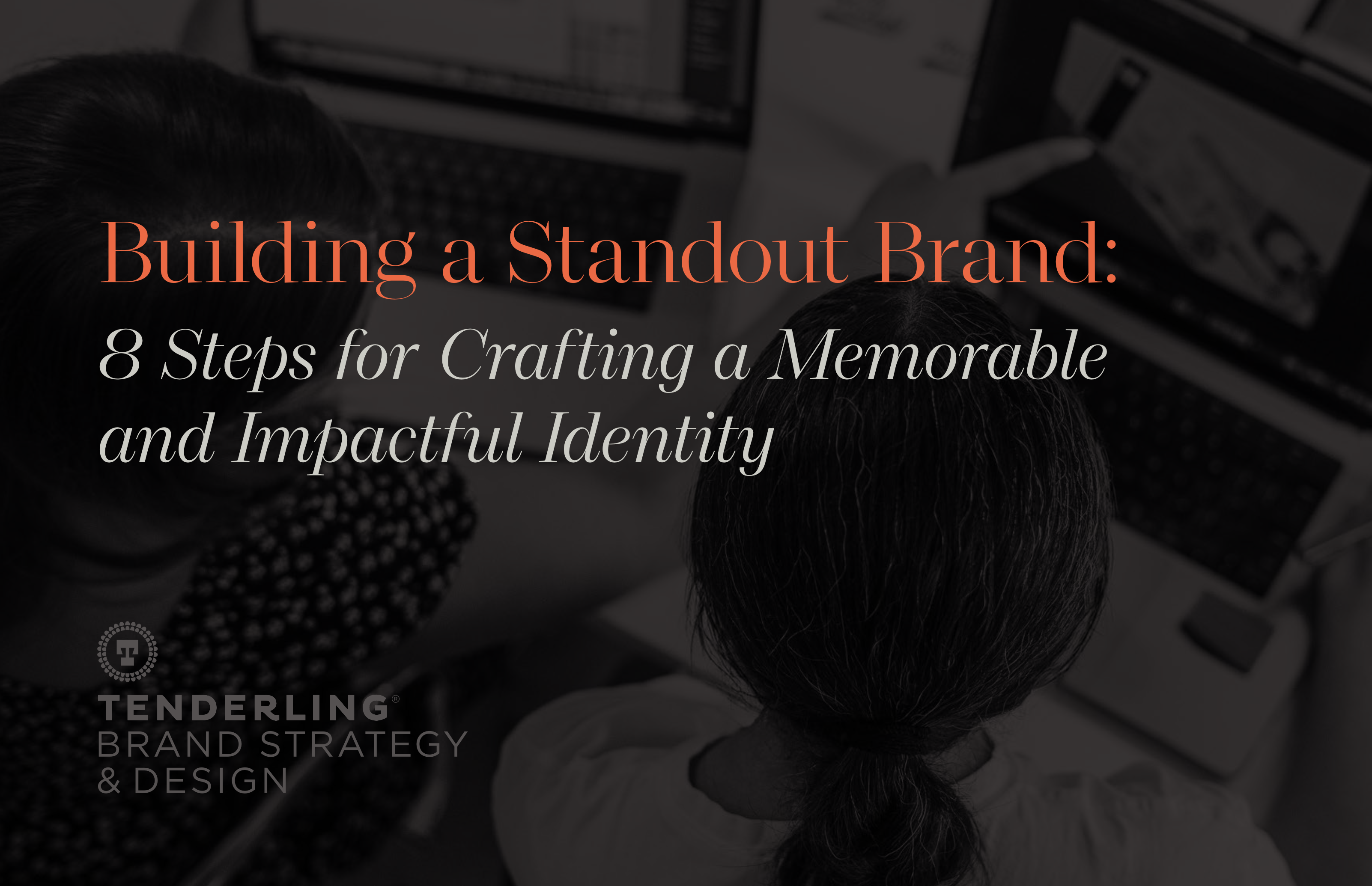From First Impression to Lasting Loyalty
A brand is built in moments. The website that welcomes a guest, the signage that guides a resident home, the way a restaurant atmosphere lingers in memory or even the warm consistency of a spa’s service—all of these touchpoints carry weight. Together, they shape the perception of who you are and whether you can be trusted.
- 12 September 2025
- Tenderling Team
- 6 min read
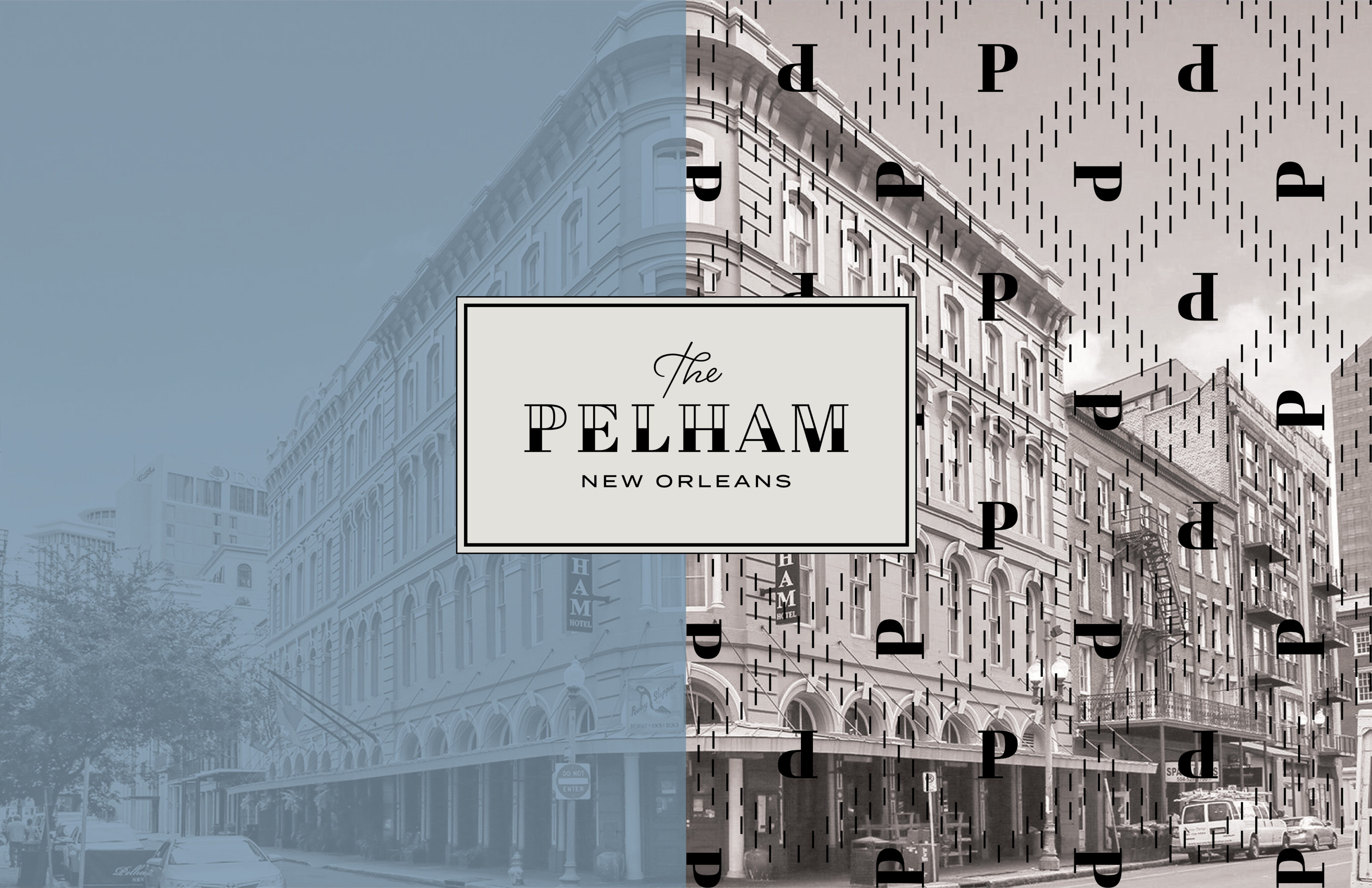
The Bigger Picture
Strong design is what ties those moments together. It isn’t decoration or afterthought; it’s the system that ensures every interaction feels intentional, aligned and unmistakably yours. When design is consistent across environments, it creates recognition. When it’s thoughtful, it builds trust. And when it’s carried through from the first impression to the last, it transforms transactions into long-term loyalty.
The Power of First Impressions
First encounters set the tone for the entire relationship. For a multifamily property, it might be the entry signage or leasing lounge. In hospitality, it’s often the lobby or a hotel’s digital presence. In restaurants, it could be the menu in hand or the very first service interaction.
In these moments, design is more than visual—it’s spatial, sensory and emotional. It signals care and quality, setting expectations that the experience ahead will match the promise of the brand.
Consistency Across Touchpoints
Guests, residents and patrons rarely experience a brand in only one way. They browse the website, step into a space, share a meal or return for wellness services. If each of those touchpoints feels disconnected, the brand experience fractures.
Design is what creates cohesion:
- Multifamily: Wayfinding, amenities and shared spaces that reflect the same brand character shown online.
- Hospitality: Lobbies, guestrooms and digital channels carrying one seamless identity.
- Food & Beverage: Menus, interiors and service that align to a central brand story.
- Wellness Spaces: Environments, rituals and guest care that consistently reinforce calm, renewal or energy—depending on the brand promise.
When these experiences align, the brand becomes more than a place. It becomes recognizable, reliable and easy to return to.
Emotional Connection Through Design
In multifamily, design can create a sense of belonging—a place that feels like home. In hospitality, it might evoke excitement, comfort or wonder. In food & beverage, it taps into flavor and atmosphere to create memory. In wellness, it signals safety and renewal.
Design choices—materials, color palettes, tone of voice, flow of space—shape how people feel. Done thoughtfully, these details move the brand beyond functionality into emotional connection. That’s the difference between a property that’s simply visited and one that’s remembered.
Designing for the Journey, Not Just the Moment
The brand journey extends far beyond check-in, move-in or a reservation confirmation. Loyalty is built not by a single standout interaction, but by a continuum of experiences that feel connected.
Design ensures this continuity:
- A prospective resident’s leasing experience flows seamlessly into daily life at the property.
- A guest’s online booking experience matches the tone and promise of the arrival experience.
- A diner’s anticipation is met with a service experience that feels equally considered.
- A wellness guest’s journey—arrival, treatment and departure—feels fluid and intentional.
When design is mapped across the journey, transitions feel invisible. Customers simply experience a brand that understands them.
Setting the Stage: The Pelham
Housed in a historic building in the iconic location of New Orleans, The Pelham needed a brand strategy, story and collateral rollout that would highlight its unique positioning.
Tenderling intentionally designed each touchpoint to immerse guests in the vibrant narrative of the brand—working not only to make the hotel standout, but to ensure the continuity of the hotel’s overall guest experience.
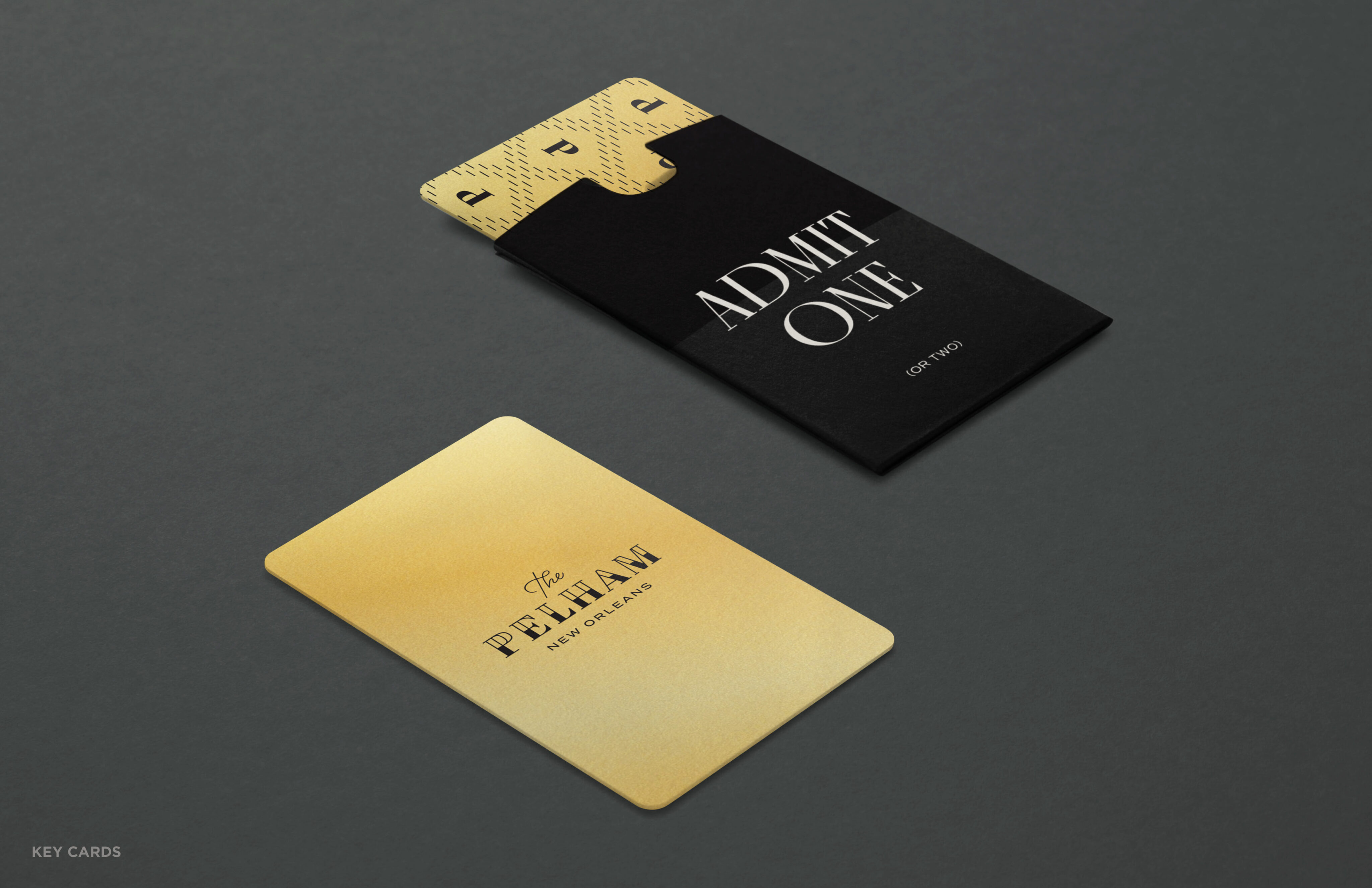
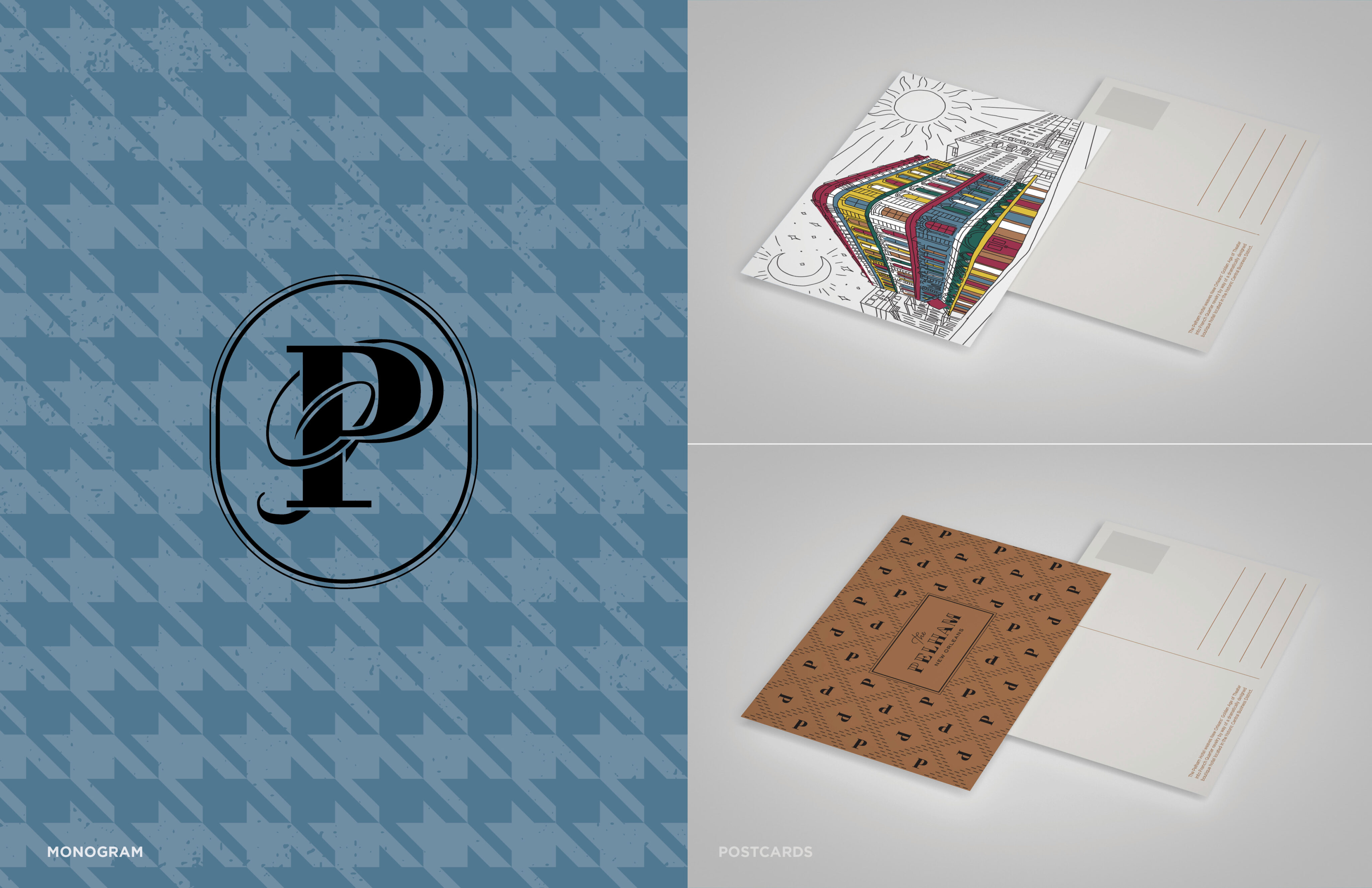
From Awareness to Advocacy
Every brand journey follows a similar path:
- Awareness: A compelling identity draws attention online or on-site.
- Consideration: Consistency across channels builds confidence to book, lease or reserve.
- Experience: Design of spaces and services delivers on the brand promise.
- Loyalty: Positive, connected experiences encourage return visits and long-term retention.
- Advocacy: Guests, residents and patrons share stories of seamless design and thoughtful care.
At each stage, design reduces friction, clarifies expectations and strengthens trust.
The Payoff: Lasting Loyalty
In multifamily, loyalty means residents renew. In hospitality, guests return and recommend. In food & beverage, patrons become regulars. In wellness, clients come back because the experience consistently delivers value.
This loyalty doesn’t happen by chance. It’s earned through connected design that moves people from curiosity to commitment.
Intention is Everything
The brand journey is not a single moment but an unfolding story. Every touchpoint—digital, physical or human—contributes to how people perceive, trust and return to a brand.
For multifamily communities, hospitality destinations, restaurants and bars and wellness spaces, the opportunity lies in seeing design as more than aesthetics. It is strategy, storytelling and service made tangible. When carried through with intention, design becomes the thread that turns first impressions into lasting loyalty.
